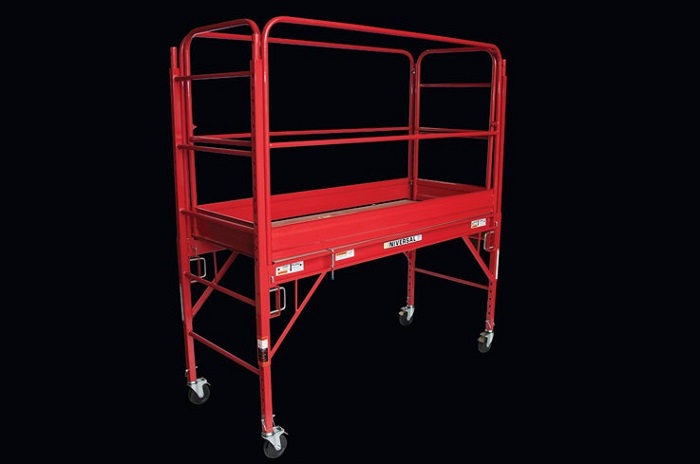Many different varieties of scaffolding have been around for centuries, and according to historians, Egyptians used more primitive versions of scaffolding for the construction of the Great Pyramids. At the beginning of the 20th century, manufacturers primarily used steel to construct ladder scaffold and other types, but at the later stages hard anodised aluminium became the material of choice, as it’s a lightweight and durable composition.
Both contractors and homeowners typically shop for scaffolding equipment online or at large hardware shops. However, before buying a ladder scaffold you should first have a basic understanding of scaffolding and then do a research on the important scaffolding components and how to purchase them.
The main purpose of scaffolding is to provide a standing platform during maintenance, construction and repair processes. Timber, aluminium and steel are the typical materials of choice and there are many designs. Thousands of Australians work on scaffolding platforms every day, including painters, construction workers and building maintenance personnel. Additionally, many homeowners use scaffolding to reach roofing tiles and gutters.

Before you buy, become familiar with the international scaffolding standards and then check the Australian standards that address scaffolding safety during the buying process. Australia has a reputation for applying stringent scaffolding standards because of the diligence for protecting worker safety. Bear in mind that scaffolding equipment bought in Australia may cost more than similar equipment in other countries.
There are three main scaffolding components: boards, tubes and couplers. The tubes are typically made of steel or aluminium. Aluminium is the more flexible and lightweight option and both aluminium and steel come in various lengths. The standard diameter is 43.8 milimetres. The boards act as a platform and there are three thickness sizes: 38 mm, 50 mm and 60 mm. The boards are protected by metal plates (known as hoop irons) and sole boards are put under the scaffolding to solidify the platform. And lastly, couplers are the fittings that hold the tubes together. There are three types: putlog, swivel and right angle. Only the swivel and right angle couplers fix a tube in a load bearing connection.
The need for construction workers to reach otherwise unreachable heights, has triggered a great demand for scaffolding. Cities all over Australia underwrite large commercial construction projects, and not only for building, but people use them to maintain and clean buildings on the 70th floor. For centuries, scaffolding was considered a commercial investment, but that is no longer the case. Today, homeowners who need convenient access for gutter cleaning and siding installation use residential versions of scaffolding.
























